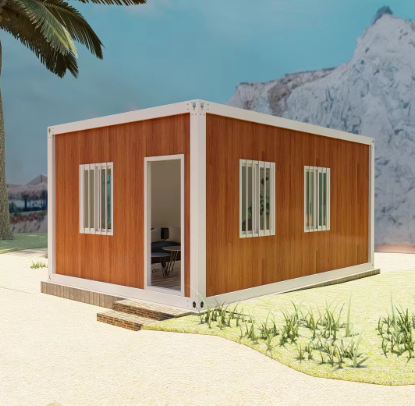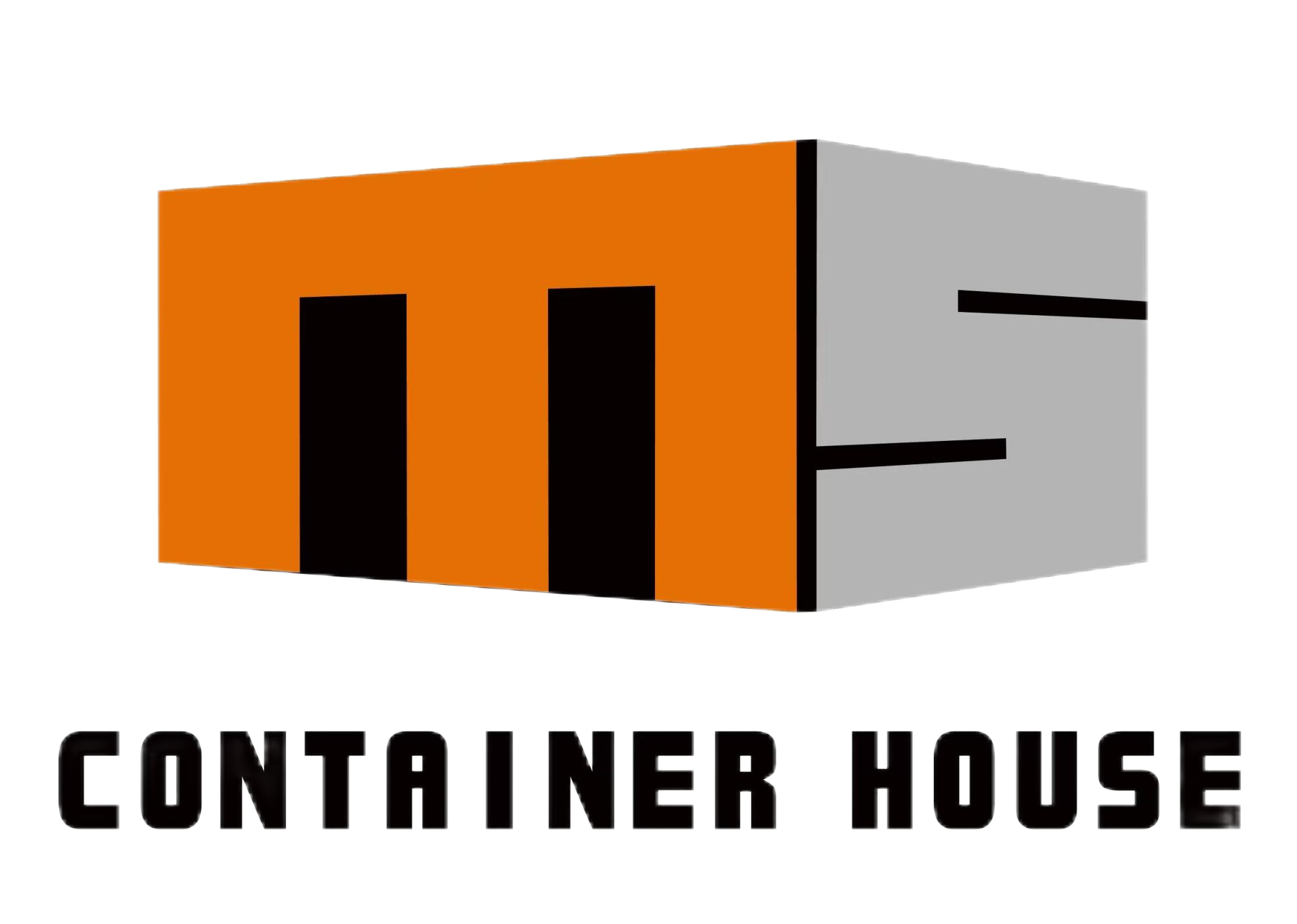The Evolution of Modern Prefabricated Construction Standards
The landscape of prefabricated house manufacturing has undergone a remarkable transformation over the past decades. What was once considered a basic, cookie-cutter approach to construction has evolved into a sophisticated manufacturing process that rivals traditional building methods in both quality and customization options. Today's prefabricated house manufacturing combines cutting-edge technology, precision engineering, and rigorous quality control measures to deliver homes that meet and often exceed conventional construction standards.
Modern prefabricated construction facilities operate like high-tech manufacturing plants, where each component undergoes careful inspection and testing before assembly. This controlled environment allows for consistent quality maintenance and eliminates many of the variables that can affect on-site construction, such as weather conditions and material exposure.
Core Components of Quality Control Systems
Material Selection and Testing
The foundation of quality assurance in prefabricated house manufacturing begins with careful material selection. Manufacturers implement strict protocols for testing incoming materials, from structural components to finishing materials. Each batch undergoes thorough inspection to verify compliance with industry standards and specific design requirements.
Advanced testing equipment and procedures ensure that materials meet strength, durability, and safety specifications. This includes testing for moisture content in wood products, tensile strength in steel components, and chemical composition in concrete mixtures. Documentation and tracking systems maintain detailed records of all materials used in production.
Production Line Monitoring
The assembly line in prefabricated house manufacturing facilities employs multiple quality checkpoints throughout the production process. Skilled quality control inspectors conduct regular assessments at each stage, while automated systems monitor critical parameters such as dimensional accuracy and assembly precision.
Real-time monitoring systems track production metrics and alert supervisors to any deviations from established standards. This immediate feedback loop allows for quick corrections and prevents quality issues from progressing further down the production line. Digital documentation systems maintain comprehensive records of all inspections and any corrective actions taken.
Advanced Technology Integration
Digital Design and Modeling
Modern prefabricated house manufacturing relies heavily on Building Information Modeling (BIM) and Computer-Aided Design (CAD) systems. These technologies enable precise planning and visualization of every component before production begins. Virtual modeling helps identify potential issues early in the design phase, reducing errors during manufacturing.
The integration of 3D modeling with production systems ensures accuracy in component fabrication and assembly. Design software can automatically generate detailed specifications and manufacturing instructions, minimizing human error and maintaining consistent quality standards across all projects.
Automated Manufacturing Systems
Robotics and automated systems play an increasingly important role in prefabricated house manufacturing. CNC machines precisely cut and shape materials according to digital specifications, while automated assembly systems ensure consistent joining and fastening of components. These systems maintain tight tolerances and repeatability that would be difficult to achieve with manual methods alone.
Quality control systems integrated with automated manufacturing equipment provide constant monitoring and adjustment of production parameters. Sensors and monitoring devices track everything from temperature and humidity levels to precise measurements of components, ensuring optimal production conditions.

Environmental Control and Material Storage
Climate-Controlled Manufacturing Facilities
The controlled environment of prefabricated house manufacturing facilities represents a significant advantage over traditional construction methods. Temperature, humidity, and dust levels are carefully regulated to ensure optimal conditions for material processing and assembly. This controlled environment prevents material degradation and ensures consistent quality throughout the manufacturing process.
Advanced HVAC systems maintain stable conditions year-round, while air filtration systems remove particulates that could affect material quality or finishing processes. Regular monitoring and maintenance of environmental control systems ensure consistent manufacturing conditions.
Inventory Management Systems
Proper material storage and handling are crucial aspects of quality assurance in prefabricated house manufacturing. Modern facilities implement sophisticated inventory management systems that track material locations, monitor storage conditions, and ensure proper rotation of stock. These systems help prevent material degradation and ensure that only properly conditioned materials enter the production process.
Digital inventory systems provide real-time tracking of material quantities and conditions, enabling efficient production planning and quality control. Automated alerts notify staff when materials approach expiration dates or when storage conditions deviate from specified parameters.
Certification and Compliance
Industry Standards and Regulations
Prefabricated house manufacturing must comply with numerous building codes, safety standards, and industry regulations. Quality assurance programs incorporate comprehensive testing and documentation procedures to verify compliance with all applicable standards. Regular audits and inspections by certification bodies ensure ongoing adherence to requirements.
Manufacturers maintain detailed documentation of compliance testing and certification processes. This includes records of material testing, production quality checks, and final inspections. Third-party verification provides additional assurance of quality standards maintenance.
Professional Training and Certification
The success of quality assurance programs depends heavily on well-trained personnel. Manufacturing facilities invest significantly in training programs for production staff, quality inspectors, and supervisors. Regular certification and skill updates ensure that all personnel remain current with the latest quality control procedures and technologies.
Training programs cover everything from basic quality control procedures to advanced inspection techniques and equipment operation. Ongoing education and certification programs help maintain high standards of workmanship throughout the manufacturing process.
Frequently Asked Questions
How does weather affect quality control in prefabricated house manufacturing?
Unlike traditional construction, prefabricated house manufacturing takes place in controlled indoor environments, eliminating weather-related quality issues. Temperature and humidity are carefully regulated to ensure optimal conditions for material processing and assembly, resulting in consistent quality regardless of external weather conditions.
What role does technology play in maintaining quality standards?
Advanced technology, including BIM, automated manufacturing systems, and digital quality control monitoring, plays a crucial role in maintaining high quality standards in prefabricated house manufacturing. These systems ensure precision, consistency, and thorough documentation throughout the manufacturing process.
How are quality standards verified in prefabricated house manufacturing?
Quality standards are verified through multiple layers of inspection and testing, including material testing, in-process quality checks, and final inspections. Third-party certification bodies conduct regular audits, while automated monitoring systems provide continuous quality assurance throughout the manufacturing process.

